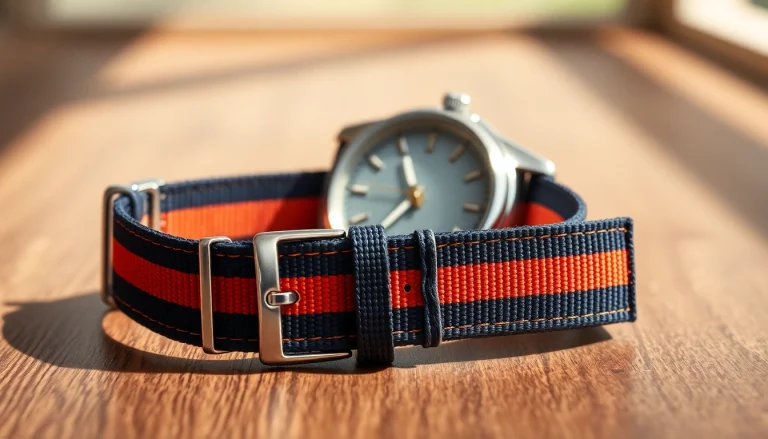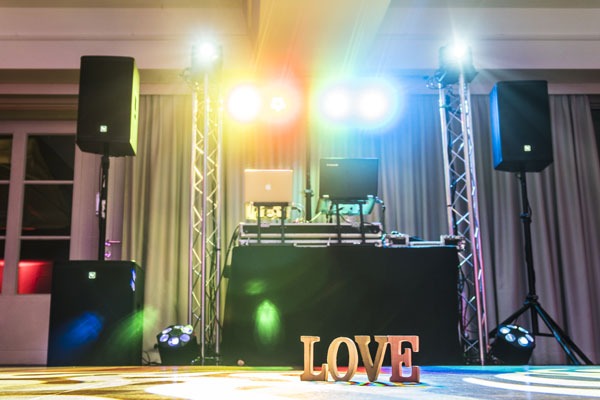
Understanding Welding Jackets
What is a Welding Jacket?
A welding jacket is a crucial piece of protective gear designed specifically for those who work in welding environments. It serves as a barrier against numerous hazards common in welding, including sparks, spatter, and extreme heat. Typically made from flame-resistant materials, a quality welding jacket prevents the ignition of the fabric when exposed to high temperatures, ensuring safety for the wearer. The garment often features a design that allows ease of movement while welding, critical for both efficiency and safety. To explore a wide range of options for a welding jacket, various brands and models can be discovered that cater to different welding needs.
Importance of Flame Resistance in Welding Jackets
The primary function of a welding jacket is to provide flame resistance. This characteristic is vital because welding produces intense sparks and molten metal, which can lead to severe burns if proper precautions are not taken. Flame-resistant materials can withstand high temperatures without igniting, making them essential for protecting welders. There are various standards for flame resistance, including those set by the National Fire Protection Association (NFPA) and the American National Standards Institute (ANSI). A welding jacket that meets these standards helps ensure that welders are adequately protected against flash fires and similar hazards.
Types of Materials Used in Welding Jackets
Welding jackets can be made from several different materials, each offering its unique advantages and disadvantages.
- Cotton: Often treated with a flame-resistant chemical, cotton jackets are lightweight and breathable, making them comfortable for warm working conditions. However, depending on the treatment, they may not offer the highest level of flame protection.
- Leather: Leather jackets are favored for heavy-duty welding jobs due to their superior durability and resistance to heat and flames. They provide excellent protection, particularly in environments where sparks are abundant.
- Synthetic Fabrics: Composed of materials like polyester or aramid, these fabrics provide flame resistance and are often waterproof. However, they can be less breathable than cotton and might retain heat, which could lead to discomfort during prolonged use.
- Combination Fabrics: Many modern welding jackets combine different materials to optimize comfort, flame resistance, and durability. For instance, a combination of cotton and leather can offer the best of both worlds.
Key Features of a Good Welding Jacket
Durability and Protection
Durability is a crucial feature of a good welding jacket. The garment should withstand the rigors of a busy workshop, including constant exposure to sharp objects, abrasions, and high temperatures. A robust welding jacket not only protects the welder from environmental hazards but also extends the life of the garment itself. Look for jackets reinforced in high-wear areas, such as elbows and shoulders, and those with double stitching or added lining for increased longevity.
Comfort and Fit
Comfort is paramount when selecting a welding jacket; it allows for ease of movement and helps maintain focus on the welding task at hand. A good welding jacket should fit snugly without being restrictive. Features like adjustable cuffs, side slits for ventilation, and a range of sizes ensure that welders can work comfortably for extended periods. Remember that the weight of the material also plays a role in comfort—heavier materials may offer better protection but can cause fatigue over long periods.
Visibility and Safety Standards
Visibility is essential in a welding environment, especially when working in poorly lit areas. Many manufacturers produce jackets in bright colors or with reflective strips to enhance visibility. The inclusion of these features not only helps in working with other individuals safely but also reduces the risk of accidents. Additionally, ensure that the jacket meets relevant safety standards, as this can protect you legally and ensure optimal performance in hazardous conditions.
Choosing the Right Welding Jacket for Your Needs
Identifying Your Welding Environment
Before selecting a welding jacket, consider the specific conditions of your work environment. Factors such as the type of welding you will be doing (MIG, TIG, stick welding, etc.), the working temperature, and exposure to other elements will influence your choice of jacket. For instance, if you frequently operate in cold conditions, you might opt for a heavy insulated leather jacket. Conversely, if you are in a hotter environment, a breathable cotton model may be preferable.
Fabric or Leather: Which is Best?
The choice between fabric and leather often revolves around balance: fabric jackets tend to be lighter and more comfortable in warm conditions, while leather jackets provide superior protection in heavy-duty, high-risk scenarios. If you are a casual welder and your projects are relatively light, a fabric jacket may suffice. In contrast, if you frequently work with molten metals or in environments where sparks fly, a leather jacket can provide vital protection.
Considerations for Seasonal Use
Different seasons necessitate different fabric choices. For summer use, a lighter and more breathable fabric helps regulate body temperature, while winter months may call for insulated jackets that provide warmth without sacrificing flame resistance. Consider layering options as well; wearing a flame-resistant shirt under a lighter jacket can offer versatility and additional protection.
Top Brands in the Welding Jacket Market
Comparative Overview of Popular Brands
The welding jacket market is flooded with a variety of brands, each offering unique features and specifications. Popular brands include:
- Miller: Renowned for its quality welding equipment, Miller also produces durable welding jackets that offer outstanding protection.
- Black Stallion: This brand is known for its innovative designs and protective gear that includes flame-resistant clothing, with jackets suitable for various welding environments.
- Tillman: With a commitment to safety and functionality, Tillman jackets come highly rated for their durability and comfort features.
Customer Reviews and Ratings Insights
Customer reviews of welding jackets often highlight the essential aspects that users prioritize, such as comfort, durability, and the level of protection offered. Brands with consistent positive feedback generally focus on high-quality materials and ergonomic designs, ensuring that welders are satisfied with both their comfort and safety while working. It’s worth consulting reviews from professionals who have hands-on experience with the products to get authentic insights.
Price Range and Value for Money
Welding jackets vary in price depending on the materials used, brands, and additional features. Budget options can start as low as $20, while high-end models may reach prices upward of $200. When evaluating price, consider factors such as durability and safety features as they contribute to the overall value for money. Investing in a good quality jacket can mean reduced costs in protective gear replacements due to wear and tear over time.
Maintenance Tips for Welding Jackets
Washing and Care Instructions
Maintaining the integrity of a welding jacket is essential for longevity. Follow care instructions specific to the material, generally found on the label. For most fabric jackets, machine washing is appropriate, but it’s crucial to avoid harsh detergents and fabric softeners that can compromise flame resistance. Leather jackets require special care, often needing conditioning treatments to prevent drying and cracking.
When to Replace Your Welding Jacket
Even the best welding jackets have a lifespan. Signs that it’s time to replace your jacket may include visible wear, such as holes or frayed fabric, and diminished protective capabilities, such as significant discoloration or damage to flame-resistant features. Regular inspections after every project can help ensure your safety gear maintains its protective qualities.
Storing Your Welding Jacket Properly
Proper storage of your welding jacket extends its life. Avoid leaving it in damp or unventilated areas, as moisture can lead to mold and deterioration. If the jacket is heavy or padded, hang it on a sturdy hanger to prevent creasing. This will help maintain its structural integrity and allow the fabric to breathe, preserving its flame resistance.






